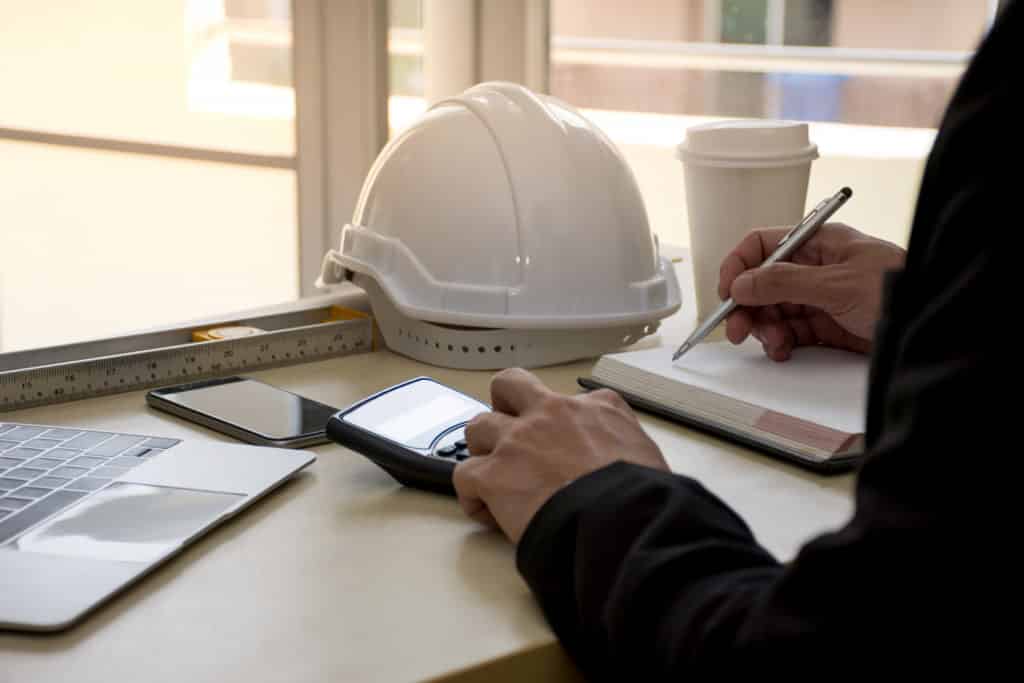When you dive deep into all that’s going on the accounts payable (AP) market, you find out pretty quickly that integrating AP, accounting softwares and enterprise resource planning (ERP) systems is a major technological challenge.
You also discover that making sure these softwares are compatible – so that the AP, accounting and ERP processes work smoothly – is a difficult problem.
This stuff isn’t simple. The process calls for a sophisticated blending of different types of software codes and systems and making all of them pass data between each other as quickly and easily as possible.
The challenge is so sophisticated, in fact, that there’s evidence that compatibility and integration rank at the top of the list of the most significant hurdles that need to be overcome.
Big hurdle: delivering billing and invoice information to the AP department
An AvidXchange survey of 176 construction professionals finds that nearly one-third (32 percent) report that a lack of integration of field and office systems ranks as the biggest obstacle preventing the delivery of billing and invoice information to the AP department.
Similarly, more than two out of five construction professionals (43%) say the largest hindrance to automating business processes is there are too many systems that do not integrate.
These impediments to automation align with another key revelation from the survey that nearly half (45 percent) still depend on paper based or manually created electronic files.
This makes sense. If you’re having difficulty integrating automated AP systems and making them compatible with accounting softwares and ERP systems, you may still be dependent on paper processes.
For More Construction Insights: 5 Powerful Tech Trends Transforming the Construction Industry
What does this mean and what should you do?
So what does all this mean and what should construction company finance pros do?
Here are a few answers to help you from Jim Campbell, vice president of construction sales for AvidXchange.
“Construction at its core is risk averse, so doing something extra like automating hasn’t been anything they’ve seen enough value in to take that risk,” he said.
But not taking a risk, he says, is also risky. You take the chance of reducing your corporate efficiencies and revenue-generating opportunities if you delay the automation of your company’s AP processes.
83 days for construction companies to receive payments
Why is this so? Let’s look at timelines for AP workflows.
It currently takes an average of 83 days for construction companies to receive payments, according to Levelset’s 2019 National Construction Payments Report. That’s the longest time of any business-to-business market in the United States.
How much money do these late payments cost the industry? According to PwC’s payments innovation outlook report, the answer is $40 billion.
When finance pros consider automating AP, Campbell suggests they should figure out the total number of hours of labor it saves and not focus on the software. By automating AP, a mid-market company can free up 5,000 to 8,000 hours each year. “That’s a lot of time,” he said.
More about the survey
Respondents to this survey included construction company owners and founders (20 percent), high-level construction officers (26 percent), mid-level construction managers (37 percent), lower-level skilled workers (3 percent) and third-party vendors (14 percent).
Nearly three quarters (72 percent) work for companies with 1,000 or fewer employees; more than one-fourth are employed by companies with over 1,000 workers.



